Global Aviation Industry Faces Unprecedented Financial Burden. The global aviation industry is grappling with a staggering financial crisis as airlines worldwide face over $11 billion in additional operational costs due to persistent supply chain disruptions, according to a groundbreaking report released by the International Air Transport Association (IATA). This revelation marks the first comprehensive assessment of a five-year supply chain crisis that continues to plague the aerospace sector, directly impacting ticket prices and flight schedules for millions of passengers.
The detailed study, conducted in collaboration with renowned consultancy firm Oliver Wyman, exposes the severity of bottlenecks affecting the $250-billion aerospace industry. These findings have reignited crucial discussions about market competition and anti-competitive practices among aircraft and engine manufacturers.
Breaking Down the $11 Billion Cost Impact
Fuel Costs Dominate Airline Expenses
The most significant financial burden stems from $4.2 billion in extra fuel expenditure as airlines are forced to keep aging aircraft in service longer than planned. Older planes consume substantially more fuel compared to newer, fuel-efficient models, creating a cascading effect on operational budgets and environmental commitments.
Maintenance Expenses Skyrocket
Airlines are projected to spend an additional $3.1 billion on maintenance activities this year. The maintenance backlog has created unprecedented pressure on repair facilities, with aircraft grounded for extended periods awaiting parts and technician availability.
Engine Leasing Adds Financial Strain
With engines stuck in lengthy maintenance queues, airlines must lease replacement engines at a cost of $2.6 billion annually. This temporary solution addresses immediate operational needs but significantly increases overall operating expenses.
Spare Parts Inventory Costs Rise
To mitigate supply chain uncertainties, airlines are investing $1.4 billion in additional spare parts inventory. This strategic buffer helps prevent flight cancellations but ties up valuable capital that could be deployed elsewhere.
Root Causes of the Aviation Supply Chain Crisis
Labor and Material Shortages
The aerospace industry continues to struggle with critical shortages of skilled labor, raw materials, and essential components. Manufacturing facilities and maintenance repair organizations (MROs) face unprecedented challenges in meeting demand, creating bottlenecks throughout the supply chain.
Military Competition for Resources
A growing competitive tension has emerged between commercial aviation and defense industries. As governments worldwide increase military spending, defense contractors compete for the same limited manufacturing capacity and skilled workforce, further constraining supply for commercial airlines.
Engine Repair Shop Delays
Engine maintenance facilities face particularly severe backlogs, with repair times extending far beyond historical norms. This situation forces airlines to ground aircraft or operate with reduced fleet availability, directly impacting route networks and passenger capacity.
Industry Leader Sounds Competition Alarm
IATA Director General Willie Walsh expressed surprise at the magnitude of the findings, stating that even conservative estimates reveal a “massive drag on the industry.” Walsh indicated the organization may revisit concerns about anti-competitive practices among aerospace suppliers, following a previous complaint withdrawn in 2018.
Profit Margin Disparity Raises Questions
Walsh highlighted a striking disparity between airline operating margins, forecast at 6.7% for 2025, and engine manufacturer margins reportedly in the mid-20% range. This significant gap raises fundamental questions about market dynamics and pricing power in the aerospace supply chain.
“How is it that they can make such massive margins from an industry that makes margins that are wafer-thin? It just doesn’t add up,” Walsh questioned, pointing to potential market imbalances.
Historical Context and Regulatory Actions
Previous Competition Complaints
In 2016, IATA filed a formal complaint with the European Union against CFM International, a joint venture between GE Aerospace and Safran. The complaint was withdrawn in 2018 after the engine manufacturer committed to maintaining open and competitive market practices.
A similar agreement was subsequently reached with Rolls-Royce in 2021, addressing concerns about aftermarket competition and parts availability.
Calls for Independent Parts Access
IATA has consistently advocated for improved access to independent parts manufacturers, known as Parts Manufacturer Approval (PMA) suppliers. Greater competition in the aftermarket could potentially reduce costs and improve availability for airlines globally.
Future Outlook and Industry Projections
Maintenance Spending to Reach $150 Billion
Airlines globally are expected to spend $120 billion on repair and maintenance in 2025, with projections showing this figure will increase to $150 billion by 2030. This dramatic growth reflects both fleet expansion and the ongoing challenges of maintaining aging aircraft.
Supply Chain Issues Expected Through 2030
Industry experts anticipate supply chain constraints will persist throughout the remainder of the decade. The combination of increased demand, limited manufacturing capacity, and military competition suggests airlines will continue facing elevated costs and operational challenges.
Manufacturer Transparency Improving
Walsh acknowledged positive developments in manufacturer transparency, noting that both Airbus and Boeing have become more forthcoming about delivery delays and production challenges. This represents a shift from earlier tensions when Walsh publicly criticized planemakers for “failing badly.”
Impact on Passengers and Air Travel
The supply chain crisis directly affects air travelers through:
- Higher ticket prices as airlines pass increased costs to consumers
- Flight cancellations due to aircraft unavailability
- Reduced route options as carriers adjust capacity
- Older aircraft on routes potentially affecting passenger comfort and experience
Industry Response and Solutions
Airlines and manufacturers are exploring multiple strategies to address supply chain challenges:
- Strengthening relationships with parts suppliers
- Investing in predictive maintenance technologies
- Expanding in-house maintenance capabilities
- Negotiating long-term supply agreements
- Advocating for regulatory reforms to increase competition
For more insights on global industry developments and supply chain challenges, visit Singha Darbar for comprehensive coverage.
Conclusion: Aviation Industry at a Crossroads
The $11 billion cost burden facing global airlines represents more than a financial challenge—it signals fundamental structural issues within the aerospace supply chain. As the industry navigates through persistent disruptions, questions about competition, pricing power, and market consolidation demand serious attention from regulators and stakeholders.
The coming years will prove critical in determining whether collaborative solutions can address these systemic challenges or if regulatory intervention becomes necessary to ensure a healthy, competitive aviation ecosystem that serves airlines, passengers, and manufacturers alike.
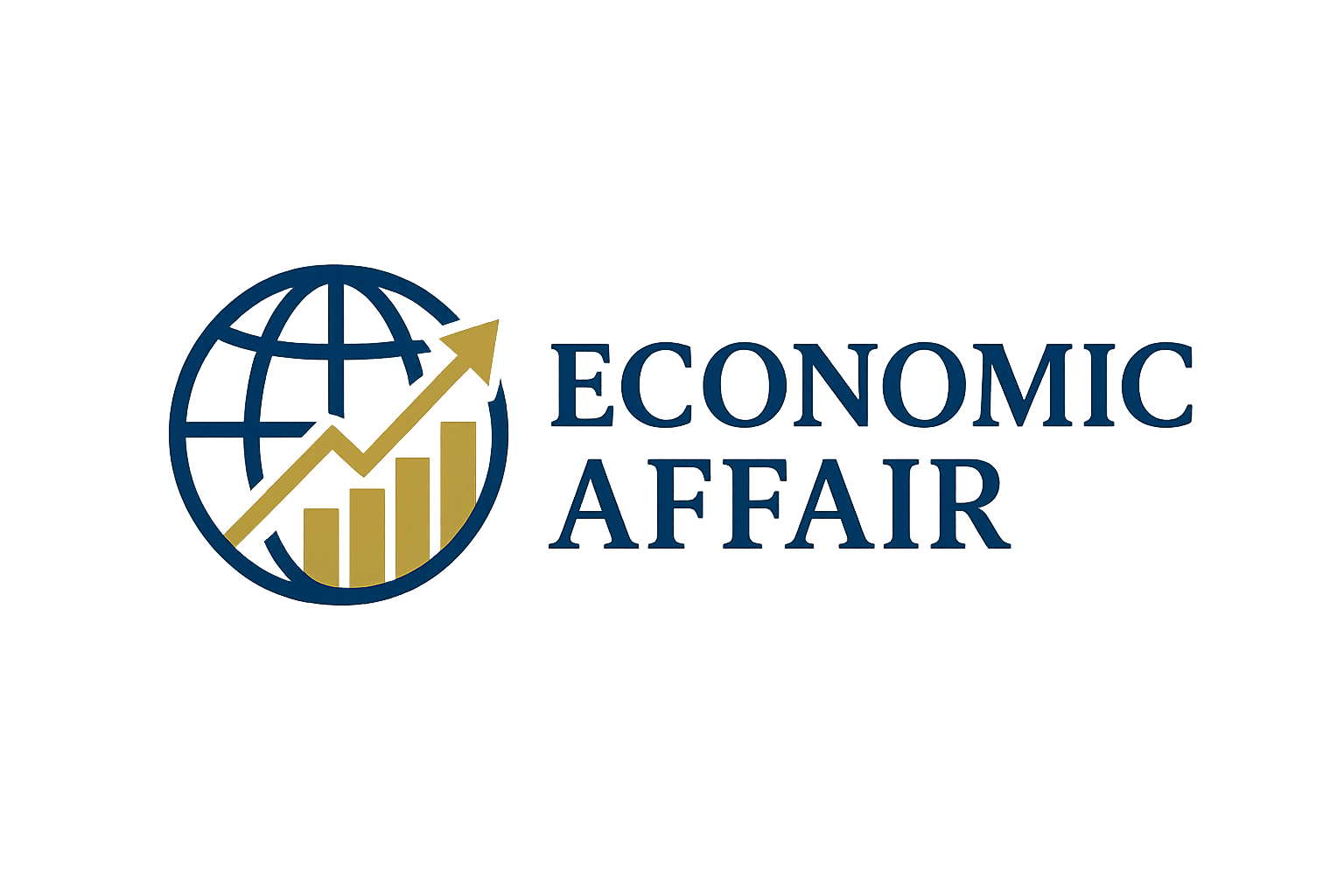


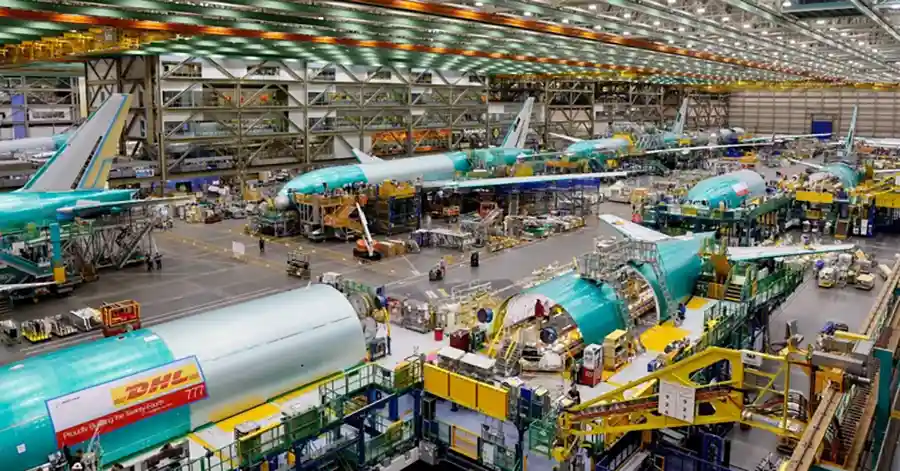


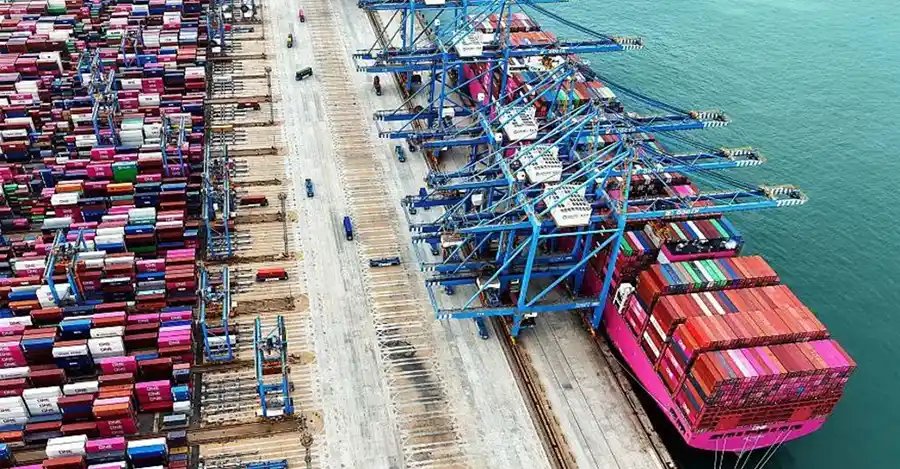


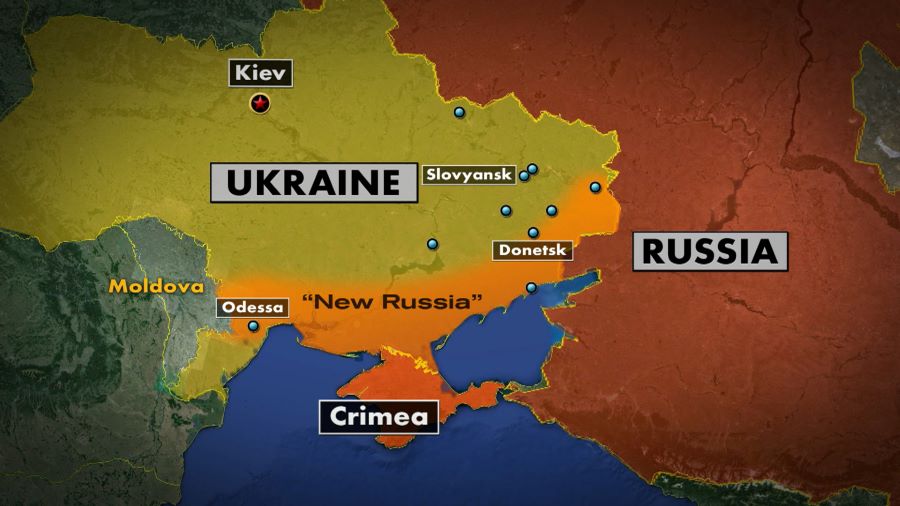




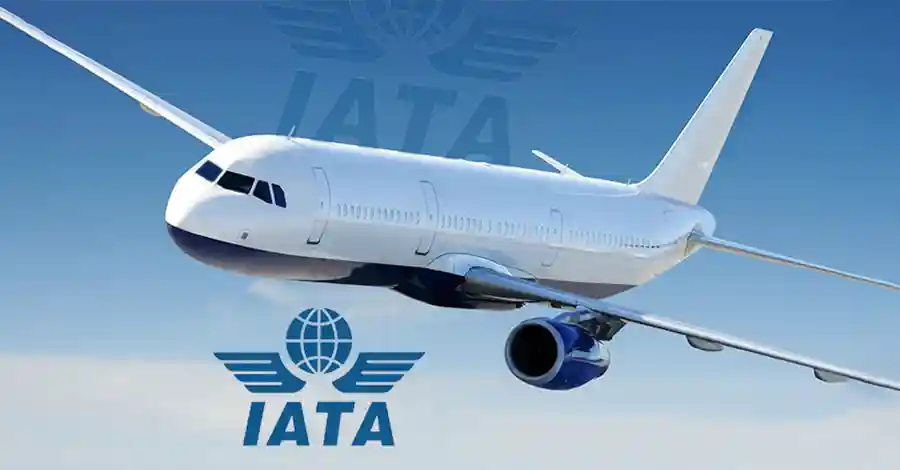
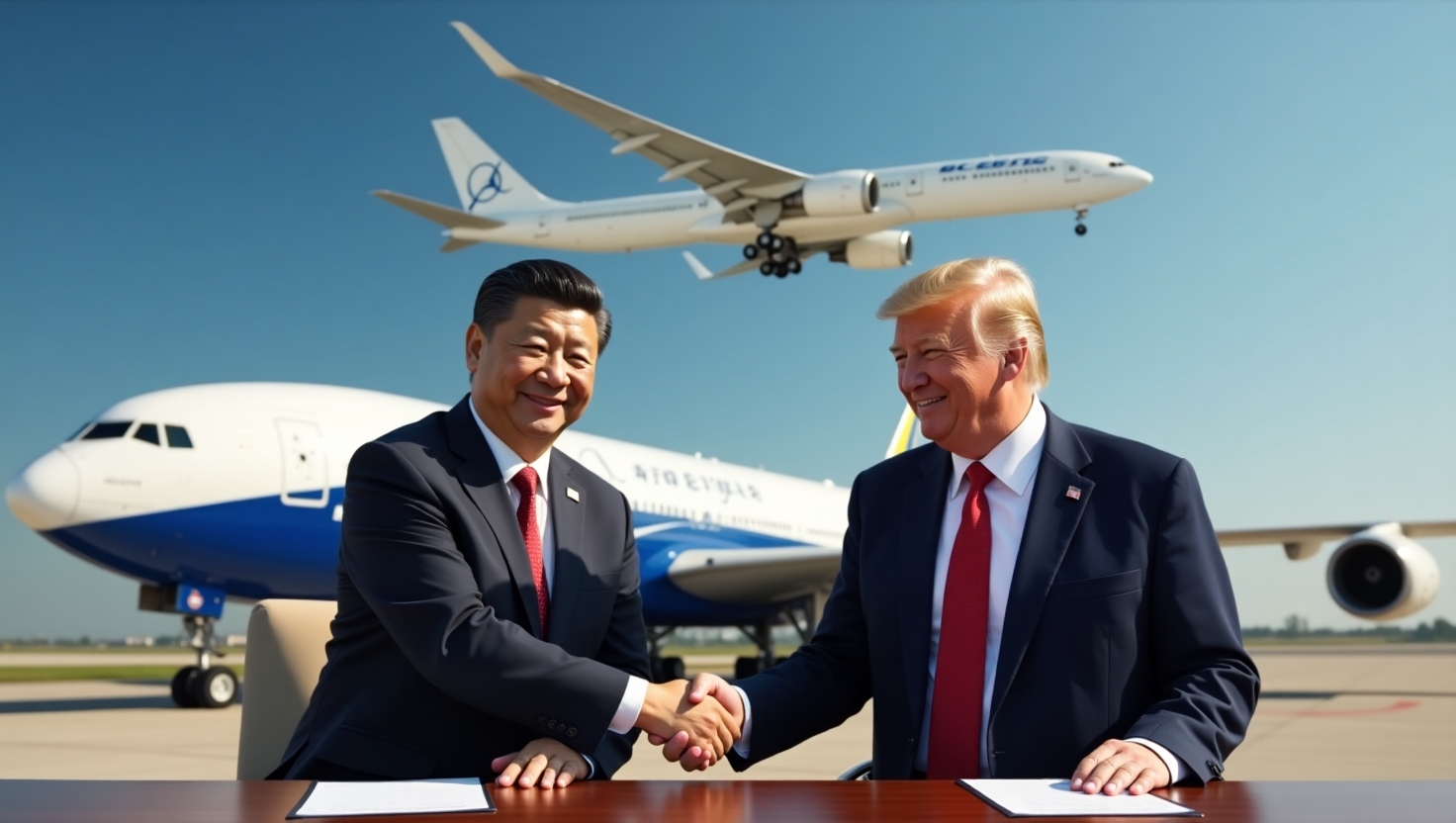



Comments